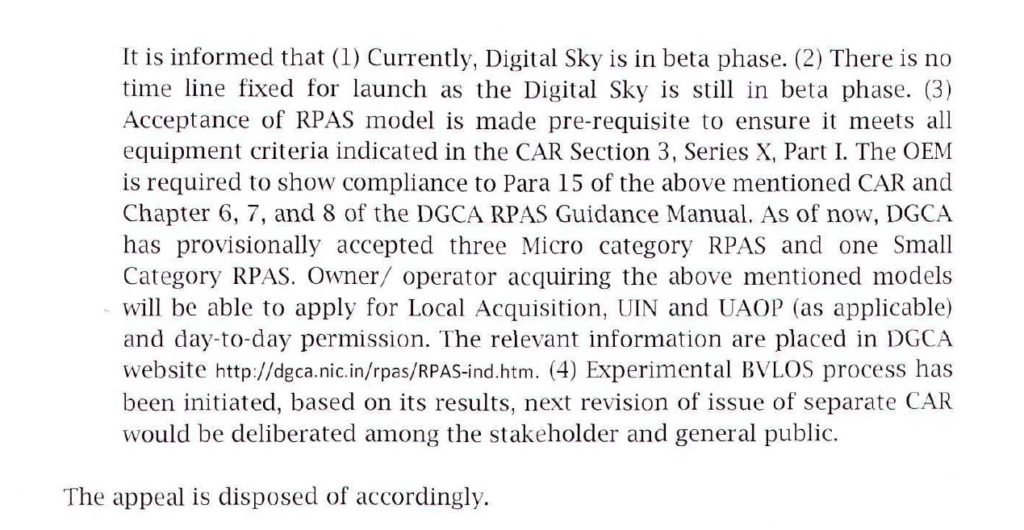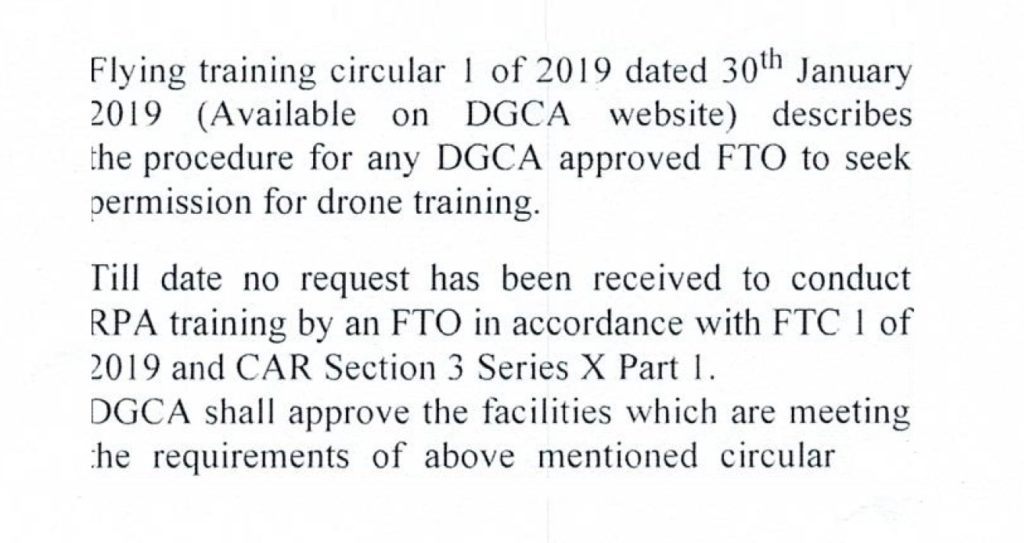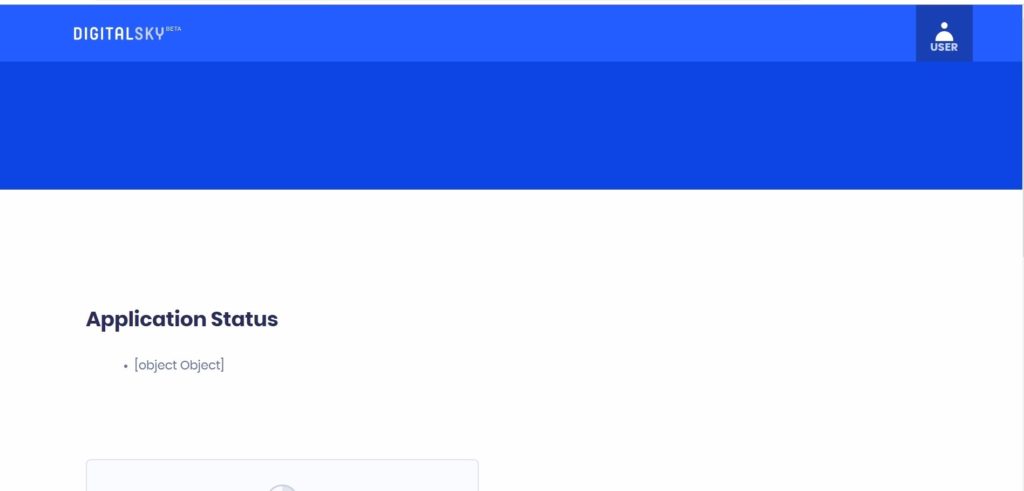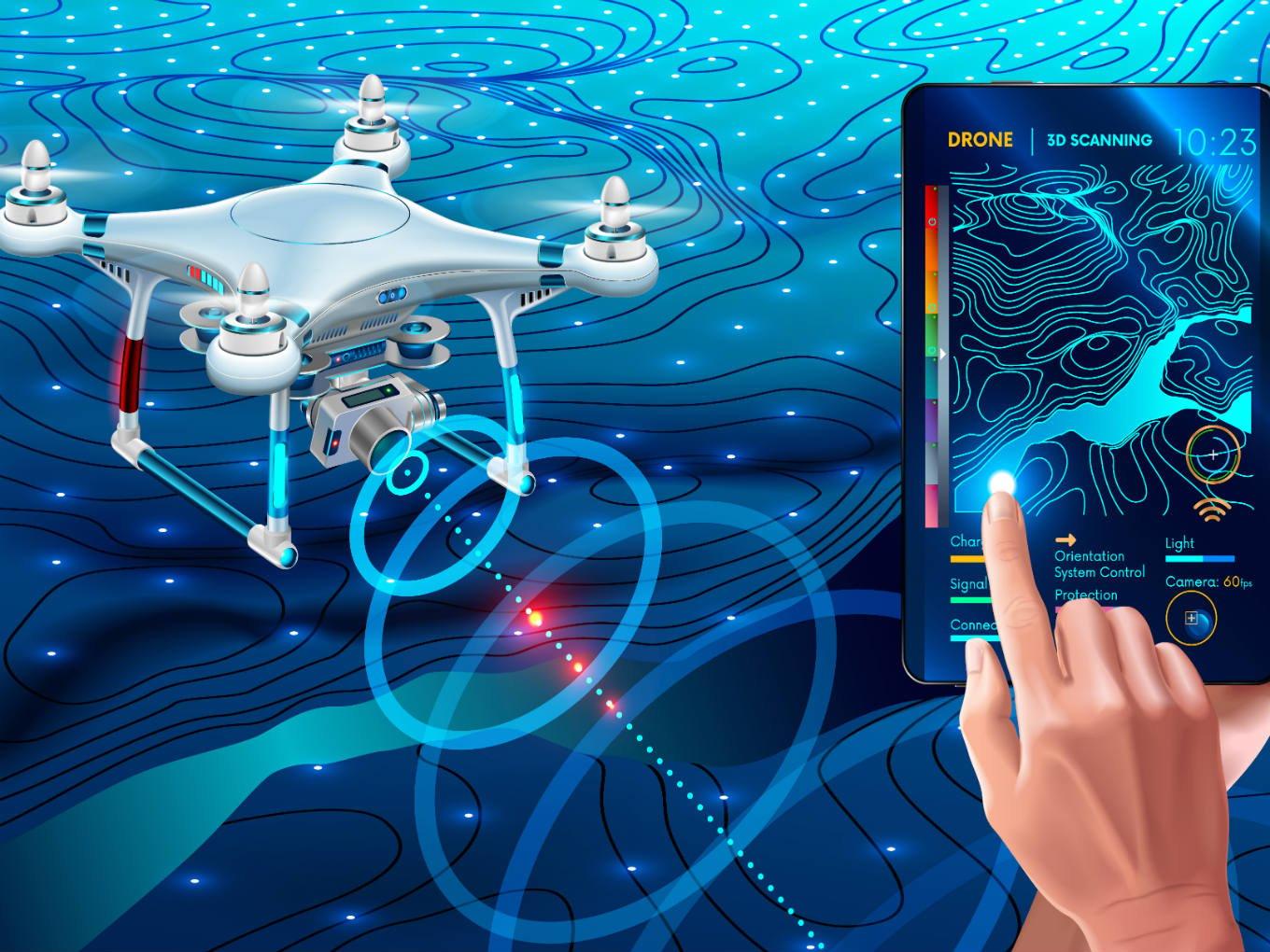Drone training by certified trainers is a must, but no applications have come yet from FTOs still awaiting clearance
Digital Sky platform promised by the government still in beta and riddled with bugs, bad user experience
Chinese manufacturers, major drone exporters to India, are yet to be compliant to government rules
India’s directorate general of civil aviation or the DGCA had introduced Drone Regulations 1.0 last year — it was the first-ever policy that governed flying of civic drones legally across the country. It was supposed to be the one policy that changed the game for drones in India and startups that are working with drones hailed the drone regulations at the time.
Besides marking no-fly zones, listing out the necessary approvals, the regulations promised a ‘Digital Sky’ platform, which would give the authorities a clear view of all the drones in the air. The government introduced an NPNT — No Permission, No Take-Off — compliance as well.
However, with the Digital Sky platform working only in beta currently and simply accepting applications for UIN (Unique Identification Number) and UAOP (Unmanned Aircraft Operator Permit), there’s a feeling that the drone regulations hasn’t turned out as expected.
Speaking to Inc42, numerous drones startups moaned the absence of the fully-functional Digital Sky platform, an essential part of Civil Aviation Requirements (CAR 1.0) with some calling it a “non-starter”.
Some drone startup founders pointed out there are remain numerous small gaps which make it impossible to operate drones in accordance with CAR 1.0, and this is not the first criticism levelled at the implementation of the drone policy in India.
Is It Viable To Operate Civic Drones?
In the absence of a fully-functional Digital Sky, is it viable to operate civic drones legally? Responding to an RTI query, the DGCA averred that after complying with all the necessary compliances, owners and operators are allowed to fly drones based on day-to-day permission.
According to the RTI response, “Acceptance of RPAS (Remotely Piloted Aircraft System) Model is made prerequisite to ensure it meets all equipment criteria indicated in the CAR 1.0. The OEM (original equipment manufacturer) is required to show compliance to para 15 (of CAR 1.0) which delves into the minimum standards required for manufacturing of RPAS and Chapter 6, 7 and 8 of the DGCA RPAS guidance manual.”
It adds that the owner or operator acquiring the models will be able to apply for local acquisition, UIN and UAOP and day-to-day permission.

As of now, the DGCA has provisionally accepted three Micro category drones and one Small category drone, reveals First Appeal. The drone startups that have successfully become NPNT-compliant are Ideaforge, Aarav Unmanned Systems, Skylark Drones, Throttle Aerospace Systems and Asteria Aerospace.
No Request For Drone Pilot Training: Govt
Other than flying Nano drones below 50 ft and Micro below 200 ft in uncontrolled space, the drone operators are required to acquire the UAOP. The remote pilots of such drones (Micro, Small, Medium, and Large) are required to be trained only by DGCA-approved flying training organisations.
The Digital Sky platform has currently listed around 32 such DGCA-approved FTOs and 34 approved trainers. According to CAR 1.0, the remote pilots are required to have passed matriculation and must be 18 years of age. The pilots will be educated on subjects such as radio telephony, flight planning and ATC procedures, basic knowledge of principles of flight and aerodynamics for fixed-wing, rotary-wing and hybrid aircraft.

The practical training shall comprise of a drone in-flight having live components, and/or simulated flight training to demonstrate control of drones throughout its operating conditions, including safe recovery for emergencies and system malfunction.
While many of the startup founders have raised questions pertaining to the lack of infrastructure for training in the past, in a separate RTI response, the DGCA disclosed,
Till date, no request has been received to conduct RPA training by an FTO in accordance with FTC 1 of 2019 and CAR Section 3 Series X part 1 (Drone Regulations 1.0).
The DGCA had released the Flying Training Circular 1 dated January 30, 2019, which describes the procedure for any DGCA-approved FTO to seek permission for drone training. It also added that preparing a drone training facility is beyond the scope and functions of DGCA. However, DGCA shall approve facilities that are meeting the requirements under the circular and CAR.
Getting Take-Off Permission Is No Less Than Winning A War
The Indian government has undoubtedly understood the importance of civic drones and the emerging industry as Ashutosh Sharma, secretary to the government (ministry of science and technology) recently announced a government project to digitally map the country with a resolution of 10 cm, using drones and technologies such as artificial intelligence and big data.
The project, which is expected to cost INR 1000 Cr, is also mapping the entire Ganga basin from the source to its end, 25 km from either side of the banks with an accuracy of 10 cm. “The need to have a digital map of India was felt as it would enable better decision making in the government. The map will have all types of records including land details, socio-economic data, road network, etc,” Sharma said.
However, besides these pilot projects, the drone industry and startups are yet to take off at large. The hurdles start with the registration process at Digital Sky which is error-strewn and has a bad UX, often showing no response at all.


The Increasing Cost Of Drone Innovation In India
This is just the beginning, after the painstaking online registration on the platform, comes the struggle of acquiring permits, certifications and licenses. It’s a throwback to the pre-globalisation era where a business would have to queue endlessly to get permits. Many startups may not have the wherewithal to sustain themselves through this process and continue their innovation.
While drone system applicants need to have equipment type approval (ETA) from the wireless planning and coordinating wing within the department of telecommunication for operating in the de-licensed frequency band(s), operators seeking to buy drones from abroad must have an import license from DGCA.
After getting the approval and license, the operators are then required to obtain a security clearance from the ministry of home affairs, essential for obtaining the UINs.
As mentioned above, for categories other than Nano drones, operators/owners are also required to apply for UAOPs. Further, the owners, operators are required to intimate local police stations 24 hours prior to conducting any operations.
Besides, the CAR 1.0 has also laid out a series of minimum essential hardware design features which very few drone manufacturers currently comply with, especially Chinese manufacturers, which are the biggest drone providers for India. Among these norms are:
- Global navigation satellite system for horizontal and vertical position fixing
- Autonomous flight termination system or “Return Home” (RH) option
- Flashing anti-collision strobe lights
- Radiofrequency ID, GSM SIM card and NPNT compliant for app-based real-time tracking
- Fire-resistant identification plate inscribed with UIN
- Flight controller with flight data logging capability
- Secondary surveillance radar transponder or automatic dependent surveillance-broadcast (ADS–B) out equipment
- Barometric equipment with capability for remote subscale setting
- Geo-fencing capability
- Detect and avoid capability to stop collisions with buildings, structures
At a time when the government claims to follow “Minimum government, maximum governance”, these exhaustive rules and licensing criteria on a case-to-case basis with manual checking is seemingly going towards 1960s era of the so-called ‘License Raj’ and brings in plenty of scope for irregularities, corruption and human error, something which the government is looking to eliminate in many departments.
And if there’s still any doubt that India’s drone sector is a long way away from sustainability and growth, all these regulations govern drones for VLOS (or visual line of sight) flights. With even these being unviable, initiating experimental BVLOS (beyond visual line of sight) flights remains a pipe dream.
For many startups, BVLOS flights — with its broader applications such as live mapping, navigation assistance, security, and weather prediction — are the bigger opportunity. On the other hand, VLOS flights are ideal for deliveries over smaller areas, farmland surveillance and other applications.
The DGCA claims to have started testing BVLOS flights internally. But given the slow pace of drone development so far, startups are not too optimistic. There’s little thought paid by the government to the increasing cost of drone innovation, and drone startups may end up drowning before they can take off.
Update 1: Sept 23, 21.21,
The names of drone companies that have received DGCA approval have been updated.
































 Ad-lite browsing experience
Ad-lite browsing experience